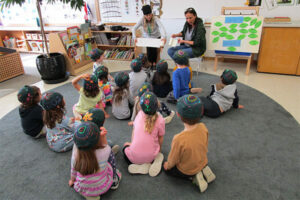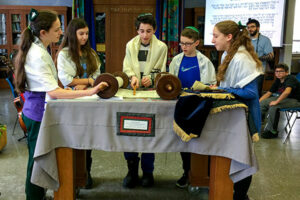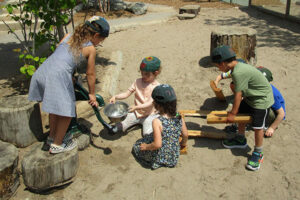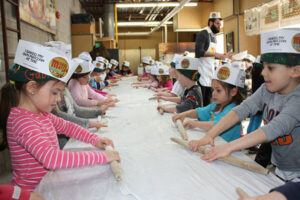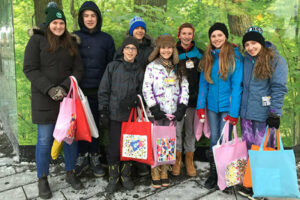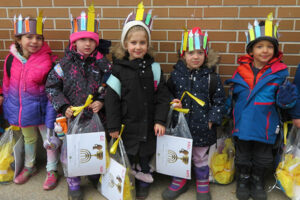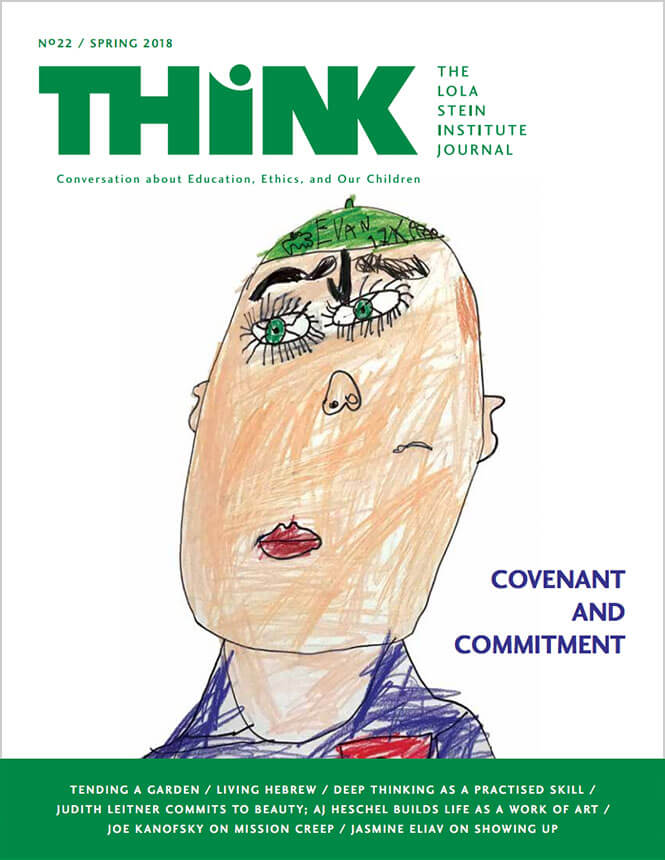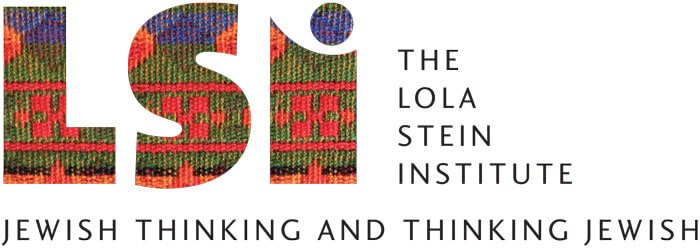- How We Teach

- First Column
- Second Column
- Third Column
- Case Studies

- First Column
- Second Column
- Culture & Community

- First Column
- Second Column
- News & Views

- Admissions

- First Column
- Second Column
- Support Us

- About

- First Column
- Second Column
- Parent Hub
- Attend an Open House
- Take a Tour
- Donate Now
- Calendar
- Blog
- 416-635-1876
- Search
Living Hebrew
by
Hebrew is integral to our Jewish character. As a language, culture, and presence, it flows from the text that we study, the history we remember, and the ritual we practise. It is the rhythm of Judaism and the bridge that connects Jews worldwide. This premise that Hebrew is the expression of the Jewish people – verbally, culturally, spiritually, intellectually – drives The Toronto Heschel School approach to Jewish education. I have seen the strength it delivers to our students’ sense of self and I am personally proud of their success in Hebrew fluency and literacy; they think and speak in Hebrew.
Imagine this interaction between a Hebrew teacher and a four-year-old child during the first week of school: The teacher crouches and, looking him in the eyes, speaks with him in Hebrew. The child has never before heard the language. He does not understand the words, but comprehends his teacher’s body language and tone of voice; he sees what she points to as she speaks, realizing that she is asking him to throw the ball to her.
The challenge for teachers to speak exclusively in Hebrew to young students is not small; at first, the language divide feels like a barrier to their personal relationship. But it’s not. It’s nothing more than what we do at home with our babies who learn to talk through constant exposure and repeated practise. When teachers persist in Hebrew, success is abundant.
From day one, Toronto Heschel Judaic teachers speak with their students exclusively in Hebrew. Proficiency depends on getting the language “into their ears and onto their tongues.” The children first gather an understanding of the oral communication, then they begin to speak it themselves, and later they learn to read and write.
The teachers do not translate into English; it would block the ability to think in Hebrew. We want the children to think in Hebrew because there is something unique in how Hebrew conveys messages; all languages host a certain cultural feel and Hebrew owns ours. First of all, full meaning can get lost in translation, whether a missed subtlety of a thought or unseen poetry of an expression. Second, Hebrew is a root-based language and each word has a core matrix of three letters from which it evolves; the particular resonance that a well-chosen word brings to an idea or links it to other ideas comes through its root letters. For example, “shalom” can mean “hello,” “goodbye,” and “peace.” Our children learn that the three root letters constitute the word “shalem,” meaning “whole,” and the holism of peace becomes apparent.
Speaking Hebrew or any language requires children to synthesize thoughts and phrases as they go about their day. It’s a special hurdle in second-language learning in the early years. Our teachers continually expand their repertoire of techniques that elicit oral expression and encourage students to speak in Hebrew. The trick is to diversify activities but stay true to the principle that a good language program benefits from a consistent approach year to year, such as adaptive games that work year to year with increasingly complex language lessons. By Grade 6, our students speak Hebrew using past, present, and future tenses; they express themselves comfortably and communicate in abstract concepts. We find that speaking Hebrew easily and comfortably is the path to proficiency.
At Heschel, we have this gratifyingly successful Hebrew program because we infuse the whole school environment with Hebrew. Some students never hear some teachers speak English and are surprised to learn years later that they can! As students walk through our halls, they meet teachers and friends, hear greetings like “Shalom!” or “Boker tov!” (Good morning) and “Ma nishma?” (What’s up?), and instructions like “Bevakasha laamod bashura” (Please stand in line) and “Mi poteoch et hadelet l’kulam?” (Who is opening the door for everyone else?). They hear Hebrew slang, which students meet in Grade 7 through film, music, and other Israeli material. The jargon includes “Al hapanim,” which translates literally as “on the face,” but, in common practice, means ”just terrible!” One morning, I heard a student at his locker asking a friend in English how he found a recent test. The exasperated reply was, “Al hapanim!” I laughed and kept walking.
Hebrew also flows through classes that are not strictly Judaic studies. In Grade 6 math, when constructing sukkot, students follow Mishnaic instructions for measurements of amot and tfachot. When Grade 5 students read the novel Underground to Canada, classroom discussion references the Hebrew concepts of avdut (slavery) and cherut (freedom), integrating the students’ concurrent study of Exodus and Jewish slavery; the language pulls both together.
Hebrew excellence begins with hiring. All Toronto Heschel teachers require a certain level of knowledge and comfort with the Hebrew language. Even if not teaching it, they are present in the classroom, especially in the elementary grades, and role model how Hebrew is spoken in a range of fluency. The school offers teachers weekly Hebrew classes with focus on oral skills; we are a school that sees teachers invest heart and soul in our students’ learning and we invest in them.
It has become clear to us that commitment to intensive Hebrew language learning delivers great rewards. Yes, our students are confident learners who can meet the challenges of a second language with all the cognitive rewards that this brings. Yes, they participate in complex tasks in Hebrew and enjoy the full experience of this ancient modern language. But it’s even more than this. For our students, Hebrew is a cultural happening that – all by itself – generates personal Jewish identity, a sense of belonging to a people, and an open pathway to our history, tradition, culture, and the modern State of Israel.
Edna Sharet is the Director of Junior High at The Toronto Heschel School.
PREVIOUS ARTICLE
Between Teacher and Student there Is a Dialogical SpaceNEXT ARTICLE
The Bounty of a School GardenSpecial Feature
Our Sages Tell Us
Perspectives
 The Lola Stein Institute (LSI) is a centre of inventive educational thinking and addresses the challenge to re-frame schooling for the exigencies of our times.
The Lola Stein Institute (LSI) is a centre of inventive educational thinking and addresses the challenge to re-frame schooling for the exigencies of our times.

